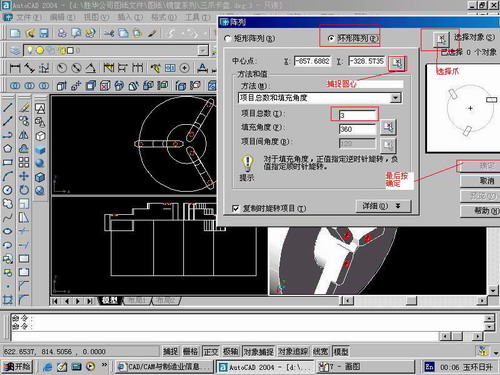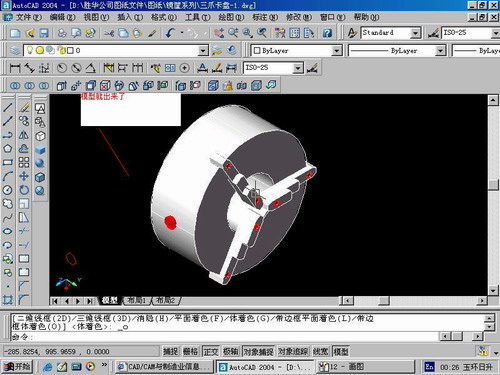1) dispersion model


频散模型
2) Dual-dispersion model


双频散模型
3) low frequency scattering model


低频散射模型
4) local fluid dispersion


"局部流"模型频散
1.
The quantitative relation among Biot’s theoretical dispersion, local fluid dispersion and total dispersion are presented under laboratory ultrasonic frequency.
在低压情况下 ,实验总频散与Biot理论频散差异较大 ,Biot理论频散不足以解释实际频散结果 ;而作者所用“局部流”模型理论频散 (已包括Biot理论频散 )与实际结果符合较好 ;压力较高时 ,“局部流”模型频散以及总频散均会下降 ,这时Biot理论可以解释流体饱和速度变化。
5) diffusion model


扩散模型
1.
A modified Vrentas-Duda diffusion model and its applications (Ⅰ) Prediction of the diffusion coefficient of weak-polar diffusants in polymer membrane;
改进的Vrentas-Duda扩散模型及其应用 (Ⅰ)预测弱极性分子在聚合物膜中的扩散系数
2.
An ant colony optimization algorithm based on a decoupling control strategy of pheromone diffusion model;
基于信息素扩散模型解耦控制策略的蚁群算法
3.
Research of pheromone increment and diffusion model for ant colony optimization algorithms;
蚁群算法中信息素增量和扩散模型的研究
6) evacuation model


疏散模型
1.
Study on occupant evacuation model in large public place: to consider individual character and following behavior;
大型公共场所人员疏散模型研究——考虑个体特性和从众行为
2.
Application of evacuation model in architectural design;


疏散模型在建筑设计中的应用
3.
Research on emergency evacuation models for subway station


地铁紧急疏散模型的研究
补充资料:AutoCad 教你绘制三爪卡盘模型,借用四视图来建模型
小弟写教程纯粹表达的是建模思路,供初学者参考.任何物体的建摸都需要思路,只有思路多,模型也就水到渠成.ok废话就不说了.建议使用1024X768分辨率
开始
先看下最终效果

第一步,如图所示将窗口分为四个视图

第二步,依次选择每个窗口,在分别输入各自己的视图

第三步,建立ucs重新建立世界坐标体系,捕捉三点来确定各自的ucs如图

第四步,初步大致建立基本模型.可以在主视图建立两个不同的圆,在用ext拉升,在用差集运算.如图:

第五步:关键一步,在此的我思路是.先画出卡爪的基本投影,在把他进行面域,在进行拉升高度分别是10,20,30曾t形状.如图:

第六步:画出螺栓的初步形状.如图

第七步:利用ext拉升圆,在拉升内六边形.注意拉升六边行时方向与拉升圆的方向是相反的.
之后在利用差集运算


第八步:将所得内螺栓模型分别复制到卡爪上,在利用三个视图调到与卡爪的中心对称.效果如图红色的是螺栓,最后是差集

第九步:阵列

第10步.模型就完成了

来一张利用矢量处理的图片

说明:补充资料仅用于学习参考,请勿用于其它任何用途。
参考词条